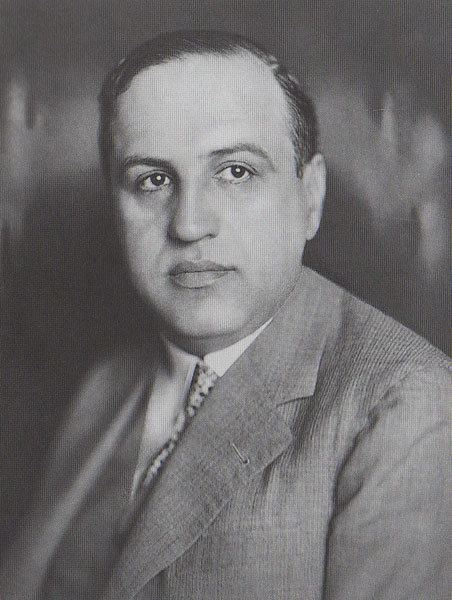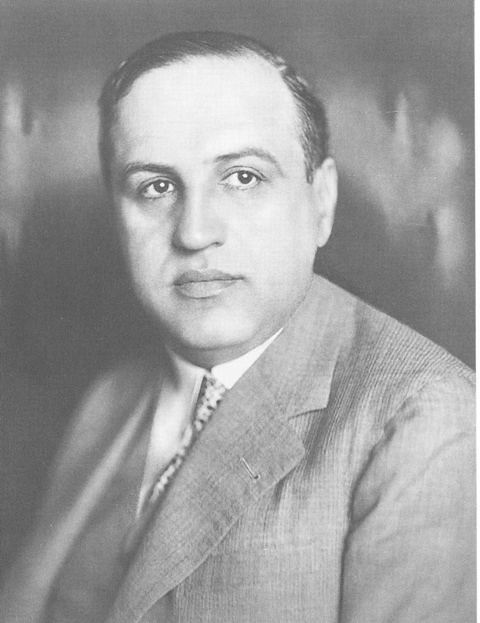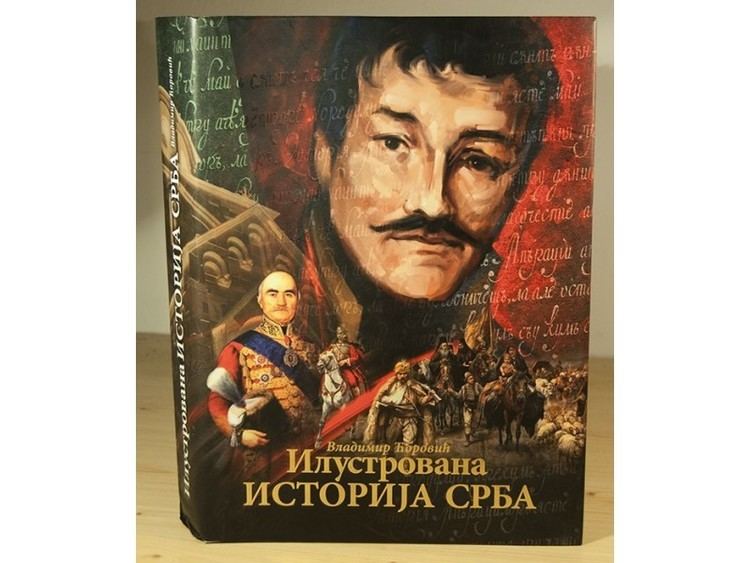Occupation Historian, professor | Name Vladimir Corovic | |
 | ||
Alma mater University of Vienna (Ph.D., History, 1908) | ||
Vladimir Ćorović (Serbian Cyrillic: Владимир Ћоровић; October 27, 1885 – April 12, 1941) was a leading 20th-century Serbian historian, member of the Serbian Royal Academy, a future Serbian Academy of Sciences and Arts (SANU). He is best known for his many acclaimed scholarly works on the history of Serbs and Yugoslavia.
Contents
Education
Vladimir Ćorović was born in Mostar in Herzegovina, then under Ottoman sovereignty but under Austro-Hungarian administration, to a Serb Orthodox family involved in business.

Ćorović finished primary school and the Gymnasium in Mostar, in which he was one of many future Serb intellectuals, among whom were also his brother, Svetozar Ćorović, a well-known Serb novelist. Ćorović continued his studies at the University of Vienna in 1904, studying Slavic Archaeology, History and Philology. He was active in the Serbian academic group „Zora“. He gained a Ph.D. in 1908 with a thesis on Lukijan Mušicki, a Serbian poet from 18th century. His professors at Vienna were Vatroslav Jagić, Konstantin Jireček, and Milan Rešetar. In 1908 Ćorović went to Munich for specialized studies in Byzantine history and philology with Professor Karl Krumbacher.

Ćorović spent certain time in Bologna and Paris, exploring Old Slavic manuscripts. He moved to Sarajevo in September, 1909, and worked as a curator and later administrator at the National Museum of Bosnia and Herzegovina, this period started his intensive years of working. He was a contributor to many known Serbian journals, such as „Bosanska vila“, „Srpski književni glasnik“ and „Letopis Matice srpske“. Ćorović was also a secretary of the Serbian cultural society „Prosvjeta“ in Sarajevo and organizer of its annual publication (Calendar) of 1911.
Political activity
After the assassination of Archduke Franz Ferdinand of Austria on June 28, 1914, Austro-Hungarian authorities arrested Ćorović. He was indicted in the Banja Luka process (November 3, 1915 - April 22, 1916), along with other Serbs from Austria-Hungary accused of high treason. Ćorović was first sentenced to five years, but the High court increased it to eight years because of his contribution to the Serb cultural progress through Prosvjeta. The new Austro-Hungarian Emperor, Charles I of Austria, after international pressure, released political prisoners in 1917 - granting them amnesty; Ćorović was released from Zenica, where he had spent the most time in prison.

At the end of World War I, Ćorović moved to Zagreb, jubilant with its Croat-Serb coalition in power and the National Council of Slovenes, Croats and Serbs in favour of unification with Serbia. With several Yugoslavist poets and writers (Ivo Andrić, Niko Bartulović and Branko Mašić among others) Ćorović had established the Književni Jug, a literary review. In parallel, Ćorović worked closely with other Yugoslav politicians from different provinces within the Austro-Hungarian territories. Čorović was present at the solemn proclamation of the formation of Kingdom of Serbs, Croats and Slovenes in Belgrade on December 1, 1918.
Dissatisfied by the treatment of the Serbian victims after the war, Ćorović wrote the Black Book (Beograd-Sarajevo, 1920), about the merciles, large-scale persecution and murders of Serbs in Bosnia and Herzegovina.
University career
Vladimir Ćorović was a Europe-wide renowned scholar, famous for his unprecedent erudition, working energy and equal competence of various periods of Serb and Balkan history. Ćorović was professor of Serbian history at the University of Belgrade since 1919, and Rector of the Belgrade University in the 1934–35 and 1935–36 academic years. Ćorović in his remarkable scientific career (over 1,000 published works made him the most prolific Serbian historian) rarely touched upon Byzantine themes. Nonetheless, the Byzantine component in his professional education was very significant for the very important support for the personnel changes which, in the 1930s, brought about the advancement of Byzantine studies at the University of Belgrade.
His scholarly works includes critical interpretations of Byzantine and Serbian medieval documents, studies regarding medieval historiography and various monographs devoted to the Serbian monasteries of Bosnia (Tvrdoš, Duži, Zavala) to the relations between the Serbs of Montenegro and Muslims in Albania.
Mount Athos and Hilandar ("Sveta Gora i Hilandar") was published by the Hilandar monastic brotherhood in 1985. Ćorović did not manage to finish the work, which was untitled, due to the Axis invasion of Yugoslavia in April 1941.
His book on diplomatic and political history, regarding relations between Serbia and Austria-Hungary in the early twentieth century, was prevented from being distributed in 1936, after the ambassador of Nazi Germany intervened at the Yugoslav Foreign Ministry, labelling Ćorović detailed scholarly work (based on published diplomatic correspondence and unpublished sources in various languages) as alleged anti-German propaganda. For similar reasons, the first volume of diplomatic correspondence of Serbia, prepared also by Vladimir Ćorović was never officially published, again at the demand of Nazi German representatives for its allegedly anti-German attitudes.
For his open anti-Nazi activities prior to the World War II, Vladimir Čorović was forced to leave the country in order to evade being incarcerated or sent to a concentration camp. Following the Royal Yugoslav Government on its way to exile he was killed in a plane crash on 12 April 1941 somewhere in Greece.
Works
Posthumously published:
